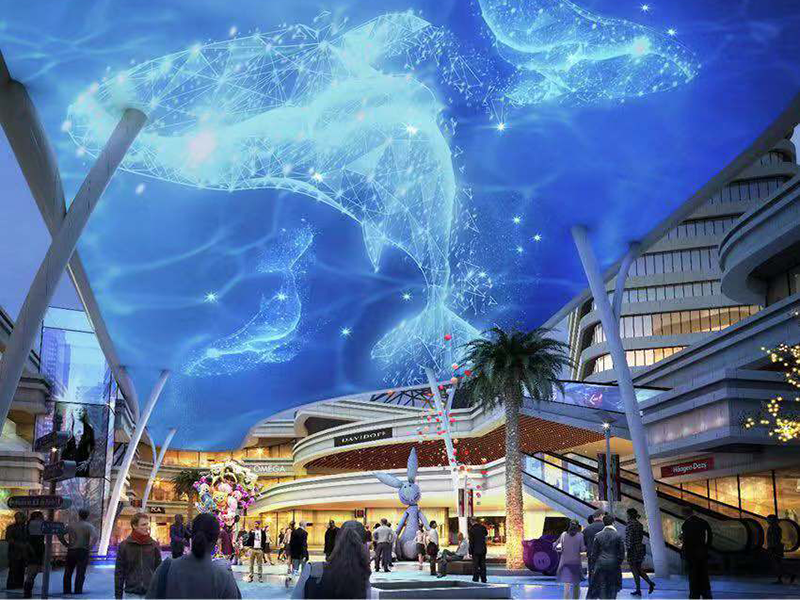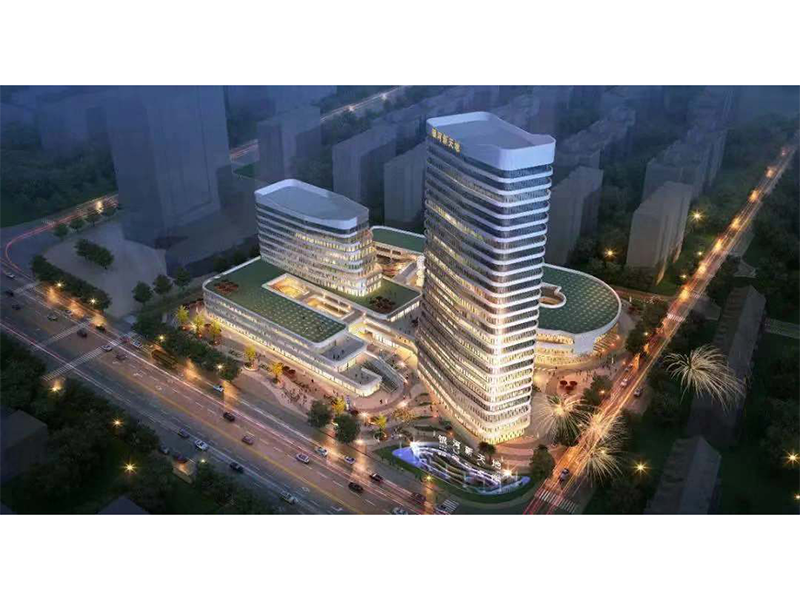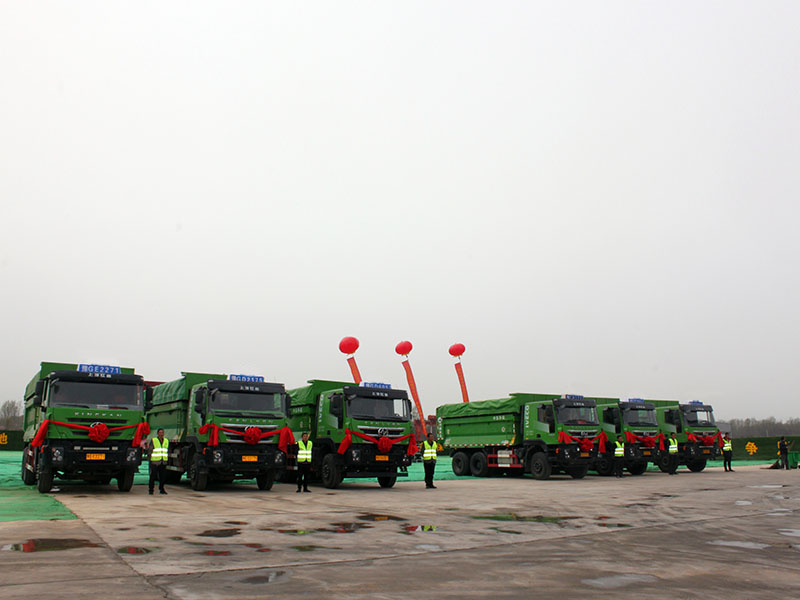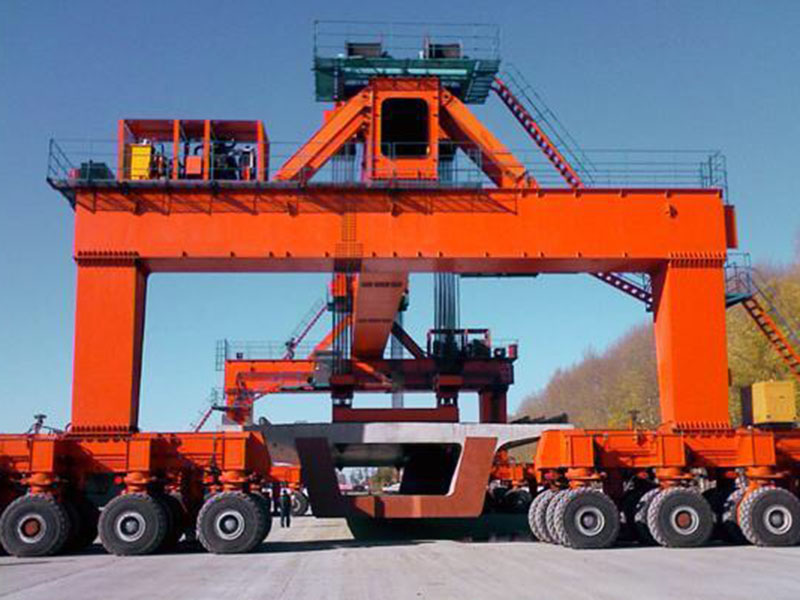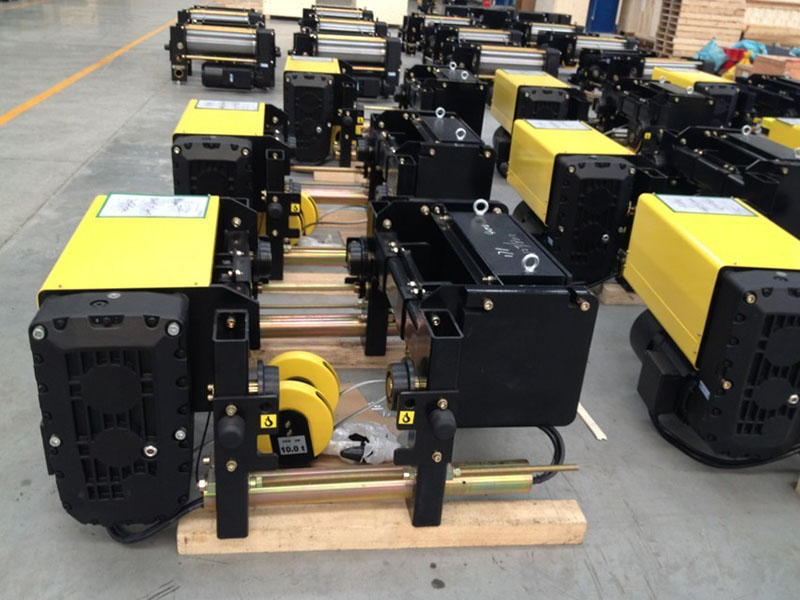Manila's King of Spain is the oldest city in the region. One of its landmarks is the Santiago Castle. Built in the 16th century, the castle has four historic marks, constituting the four most critical periods in the history of the Philippine Islands.
Its first impression was left by Spanish colonists. In 1589, after the Spanish invaded Luzon Island, the original fortress was transformed into a stone castle. It was here that the early Spanish occupiers began their colonial rule.
The second mark is left by the national hero and father of the Philippines, fossi Risha. He was imprisoned here for leading the struggle against the colonists. On 30 December 1896, Licha was executed by the Spanish authorities on charges of "unlawful Association and incitement to rebellion by writing". There is his memorial in the old castle now.
The castle was also a witness of the atrocities committed by the Japanese aggressors during World War II. The Japanese massacred thousands of Filipinos here in 1945. And that's just part of the Manila tragedy. According to incomplete statistics, 100,000 Filipinos were killed in that tragedy.
The last mark of the castle was left by the Americans. When American soldiers recaptured Manila from the Japanese, they found more than 400 Philippine bones and corpses in the castle, which now contains a white cross erected in memory of the dead.
The Manila Campaign was also an important turning point in the Pacific War. To date, Americans still use the famous words left by MacArthur when he re-entered the Philippine Islands: "We're back!" In July 2009, Hillary Clinton, then Secretary of State of the United States, went to Thailand to attend the ASEAN Regional Forum. She quoted MacArthur on the day she arrived in Bangkok.
As I stood on the wall of the castle, looking down the Pasilo River with these four marks on my back, I saw a bridge being built on the river not far away. That's the Binondo-Intramuros Bridge, a Chinese aid project we visited on this trip. The name of the bridge has not yet been determined, but one thing is certain that in this core area of Manila, China's imprint will be left behind.
Filipino friends told me that the Pasig River runs through the city. Most of the river runs through downtown areas, and there are many vehicles and pedestrians. The old bridge is too narrow, which often causes blockage. Driver Panksi told reporters: "The old bridge deck is narrow, unable to bear the peak traffic at night. Although large vehicles are not allowed to pass under the limit of height and weight, the vibration of bridge deck can be clearly felt in congestion. In another two years, with the opening of the 560-metre, two-way four-lane new bridge, the daily traffic volume is expected to reach about 10,000 vehicles. Traffic jams in old cities and major commercial districts of Unicom will be effectively alleviated.
Before the Spanish came to the Philippine Islands, many Chinese people came across the sea. The most famous one was Zheng He's fleet a hundred years before Magellan, but the Chinese did not leave any impression at that time. Only a few words can be found in some ancient Chinese books.
After World War II, with the Cold War, China's ties with most countries around the South China Sea were severed. As an alliance of the United States, Southeast Asian countries such as the Philippines have become a link in the strategic encirclement of China by the United States.
Today we are no longer as we have been. Over the past 40 years, with the deepening of reform and opening up, China and ASEAN countries are getting closer and closer. This is partly due to the strong spillover effect of China's development. On the other hand, the Philippines and other Southeast Asian countries have entered a new development cycle. They have increased the demand for intraregional economic and trade interaction and reduced their dependence on external forces. Development has become a major trend. This makes it possible to resolve or ease some of the original hot issues through negotiation. This is an important reason for China's aid to the Philippines.
There is also a bridge across the Pasig River. The assistance for the two bridges is RMB 580 million, all of which are constructed by China Road and Bridge under China Jiaotong Group. The construction period is 30 months. When we arrived in the Philippines, we learned that two drug treatment centers in the Philippines, which were assisted by China, were also completed earlier this year. These projects, though small, are urgently needed by the Filipino people. Castillo, project director of the Joint Project Management Office of the Philippine Ministry of Public Works and Highways, said that the construction of the two bridges was "a dream of the Philippine people for many years", and they were "bridges of friendship" between China and the Philippines.
At present, China has taken the lead in bridge construction technology in the world. It is not a big project to build these two bridges. However, China's road and bridge still adheres to the spirit of excellence, using advanced technology and technology to ensure the quality of the project. When demolishing bridges, Chinese companies adopt the world's leading overall removal technology to "relocate" the old bridges completely at one time.
Near the bridge of Pinodor-Interlamorus, there is an ancient building that has just begun to be restored, the prison of the Spanish colonial period. During World War II, the building was bombed by Japanese invaders, leaving only ruins and broken walls. Chinese companies give them special care in construction according to the requirements of the local government. In order to avoid affecting the old building with only its shell, technicians have to inspect it strictly every day.
Spanish colonial prisons, combined with the bombing by Japanese aggressors and the "Friendship Bridge" built by the Chinese, are a perfect combination. Despite thousands of people in the Philippines, the island nation



